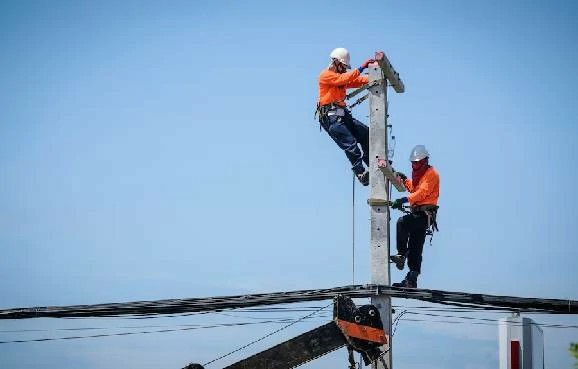


 349,500 Offered Certificates
349,500 Offered Certificates
 24/7 Online Training
24/7 Online Training
 Money Back Guarantee
Money Back Guarantee
 Fully Accredited Courses
Fully Accredited Courses

Created at: 22-02-2025 17:06
In industries where workers are frequently required to perform tasks at elevated heights, ensuring adherence to Working at Heights safety protocols is not just a legal requirement; it's a moral imperative. With a plethora of risks associated with working at heights, businesses need to incorporate Working at Heights training into their safety policies diligently. Understanding how to integrate this training can not only help prevent accidents but also promote a culture of safety within your organization.
Accidents while working at heights are among the most catastrophic incidents in the workplace. They can lead to severe injuries, fatalities, and significant legal and economic consequences for businesses. Therefore, offering a Working at Heights course is essential for:
The first step in implementing Working at Heights training is conducting thorough risk assessments to identify potential hazards associated with tasks performed at height. This process includes:
Once risk assessments are complete, organizations should create a comprehensive safety policy that outlines the Working at Heights training requirements, including:
To facilitate effective learning, consider using various training methods, including:
Regular refresher training is imperative to ensure employees remain aware of best practices and any updates in regulations or safety standards. Establish a schedule for:
Internal safety audits are essential in maintaining compliance and promoting safety culture. Key components include:
Tracking employees' Working at Heights certification is crucial for ensuring compliance and preparedness. Implement a robust monitoring system that:
Building a culture of safety is paramount in enhancing workplace performance and morale. Here’s how businesses can foster this environment:
Several companies have successfully implemented Working at Heights safety training. For instance, a construction firm based in Dublin significantly reduced its accident rate by gradually integrating comprehensive training programs, tailored risk assessments, and a culture of team communication surrounding safety practices. Their proactive approach not only led to safer operations but also improved employee morale and productivity.
Integrating Working at Heights training into your workplace policies is crucial for safeguarding employees and ensuring compliance with legal requirements. By following the structured steps outlined in this guide, businesses can establish a solid foundation for a safety-first culture that prioritizes ongoing education and reforms. Don't leave safety to chance—take action to enroll your team in certified training programs today. For more information about Working at Heights Certification Ireland, visit our training page or contact us at [email protected].